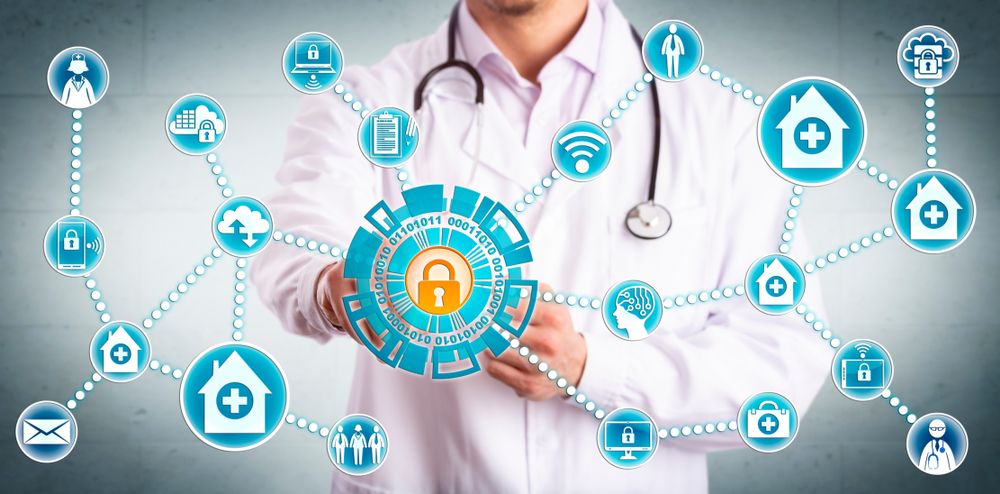
It’s not just your healthcare information they want; it’s your personal data that’s the target.
The number of ransomware attacks on the healthcare industry in 2020 soared, with no less than 91 U.S. healthcare organizations suffering the ill effects — 50 percent more than the previous year.
Between 1989 when the first known ransomware attack occurred and 2016, the ransomware scene changed dramatically. From easily mitigated to much more sophisticated, new ransomware variants now use powerful encryption.
Since 2016, ransomware has become a constant threat to the healthcare industry, with healthcare providers being increasingly targeted. Attacks that threaten to expose sensitive data very often still require payment before the issue is resolved.
Patient safety is at risk because of ransomware, with patient medical records being seized. IT systems are brought to a halt with recovery of data and restoration of systems taking weeks to restore.
To calculate an accurate cost of healthcare ransomware attacks is difficult, because only limited data is made public. Ransoms may be paid, but the amounts are often not disclosed and attacks that affect fewer than 500 individuals are often not made public.
An average ransom demand in 2020 was around $169,000.The true figure, however, is likely higher since many ransoms were paid out, but amounts were undisclosed.
The cost of downtime adds up over weeks or months following a ransomware attack. Revenues dwindle as the days and weeks go by. The average downtime is estimated between 15 and 20 weeks.
Research identified 270 healthcare ransomware attacks in the United States between January 2016 and December 2020, which affected approximately 2,100 hospitals, clinics, and other healthcare facilities. The attacks resulted in the theft or encryption of the records of more than 25 million individuals, with the overall cost to the healthcare industry estimated to be $31 billion.
VAZATA Cybernetic Cybersecurity Protects
Studies show that security professionals say the frequency of attacks against the endpoint devices under their watch has increased over the past 12 months. Ransomware attacks have reportedly breached government agencies, educational institutions, and healthcare organizations causing them to be offline for extended periods of time.
On the consumer side, at least 7.9 billion credit card numbers, home addresses, phone numbers and other sensitive customer data were exposed through 5,183 data breaches during the first nine months of 2020, a 33% increase from the previous year.
The harsh reality is — these disruptions are increasing as connected devices continue to evolve and encapsulate our lives in the digital world. For example, 5G networks are expected to propel internet of things (IoT), smart city and autonomous vehicle technologies to new heights. Sadly, it will also increase global cybersecurity threats by opening millions, if not billions more internet ports for hackers to probe. That’s where VAZATA’s suite of Cybernetic Cybersecurity products can help.
VAZATA’s Cybernetic Cybersecurity Suite of Products
- Email Protection
- Endpoint Protection
- Network Security Monitoring
- Log Security Monitoring
- 24/7/365 Security Monitoring
- Security Light Bundle
There are many moving parts when it comes to keeping your business secure. VAZATA has the know-how and technologies to pull all the pieces together, so you don’t have to. Contact us soon.
